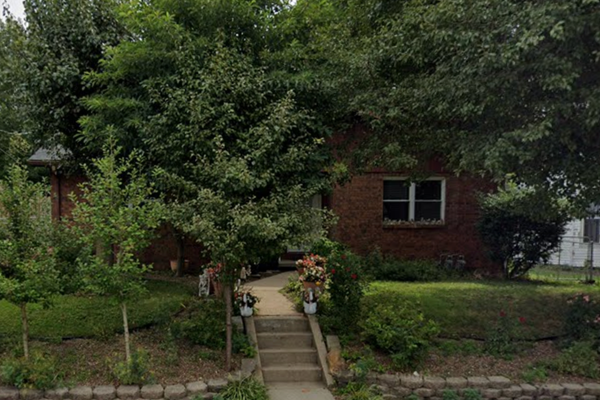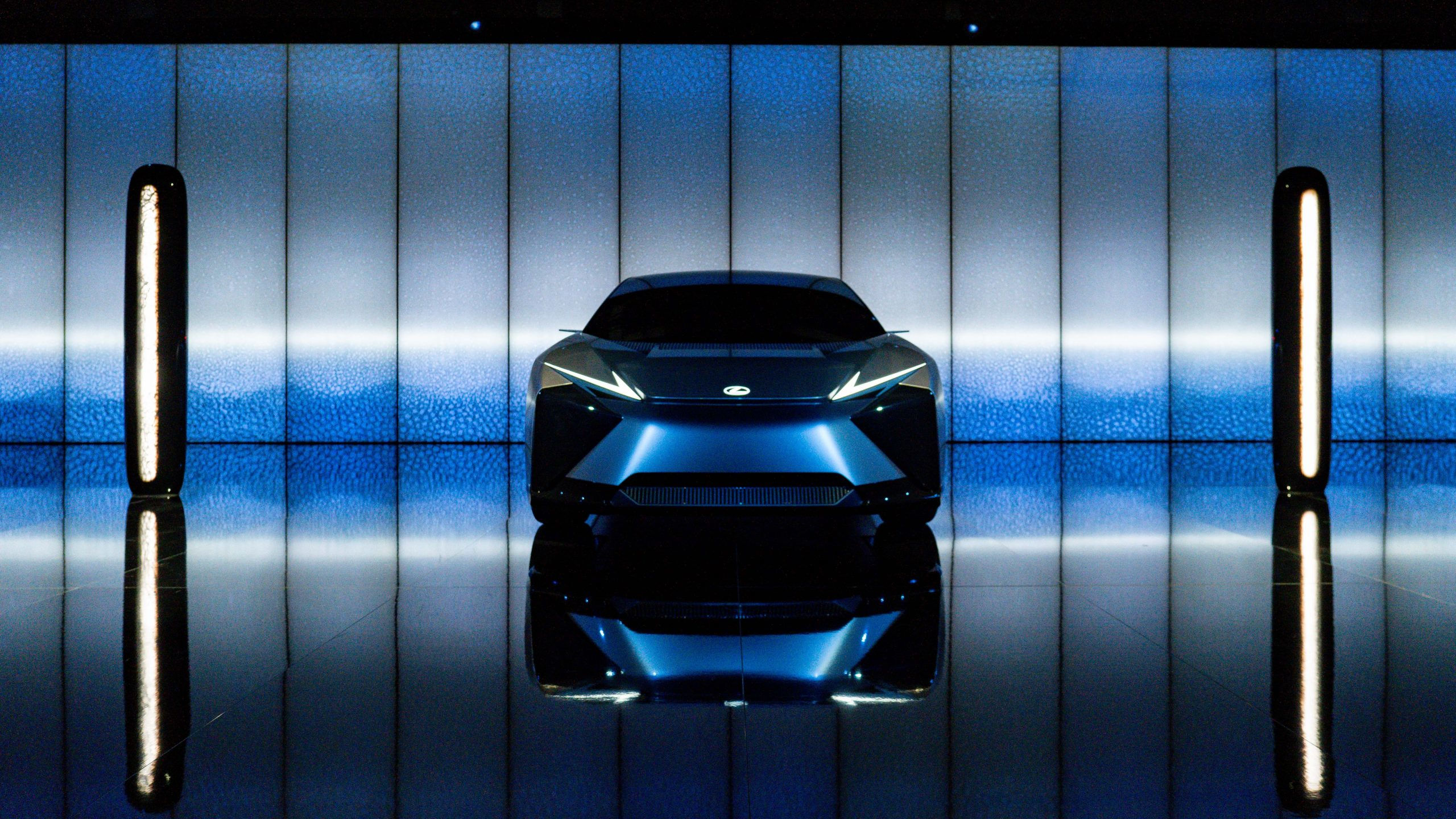
‘In Japan, we are surrounded by sea, ocean and horizon,’ says designer Hideki Yoshimoto as we walk through Beyond the Horizon, his vast installation for Lexus which occupies Art Point at the Superstudio Più in Milan. Polished floor mirrors simulate a serene water vista and a row of ten towering black sculptures – ‘soldiers’ as Yoshimoto calls them – guard the installation, all of which is set against a large projection screen illustrating the horizon’s evolving panoramas from dawn to dusk.
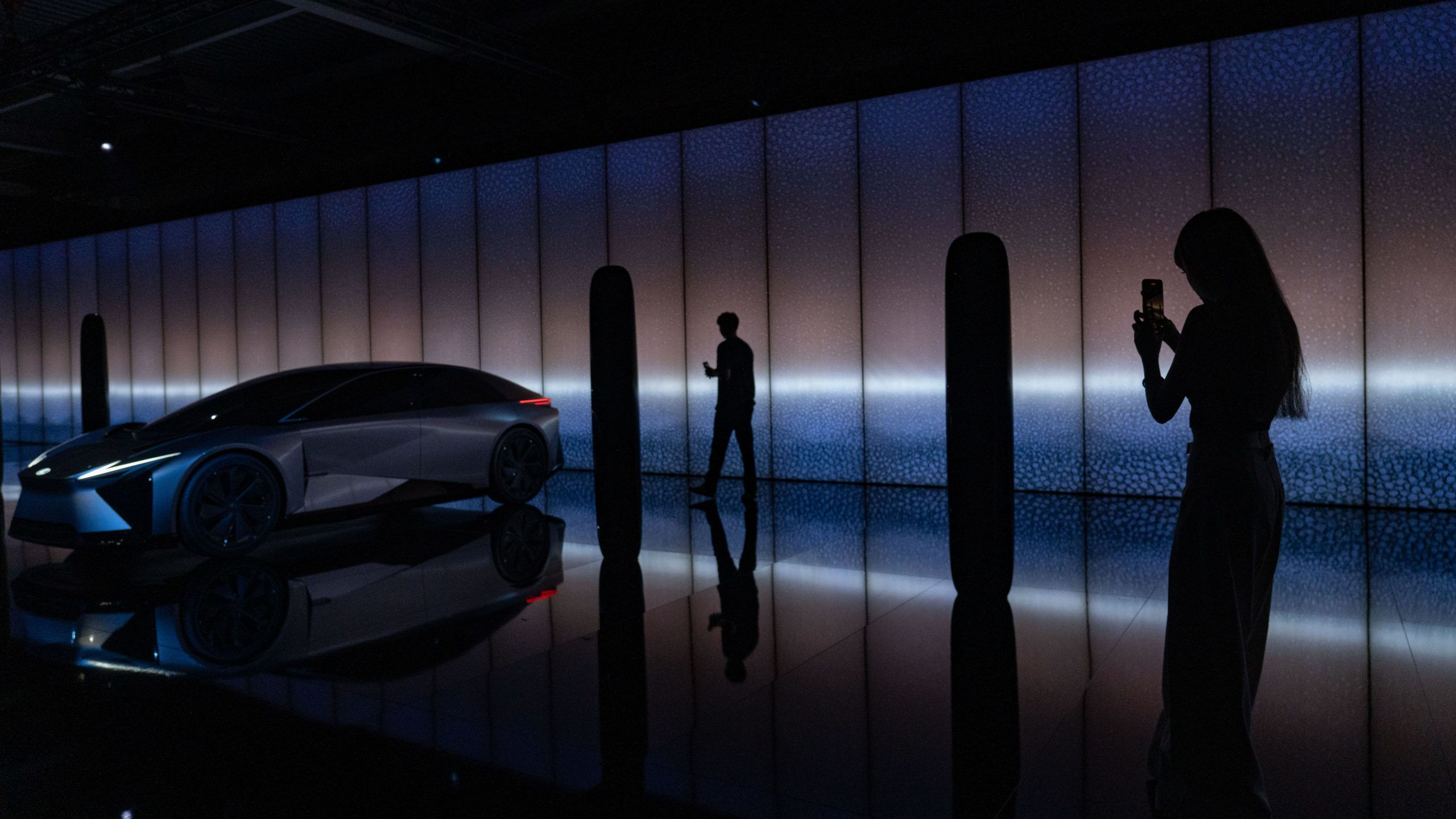
The image recalls Hiroshi Sugimoto’s seascape photography, a reference that clearly delights Yoshimoto, who happens to be a fan of the Japanese artist. Later on the day of our visit, Beyond the Horizon came to life in a theatrical ten-minute sequence showing life from sunrise to sunset performed live to a soundtrack composed by the musician Keiichiro Shibuya.
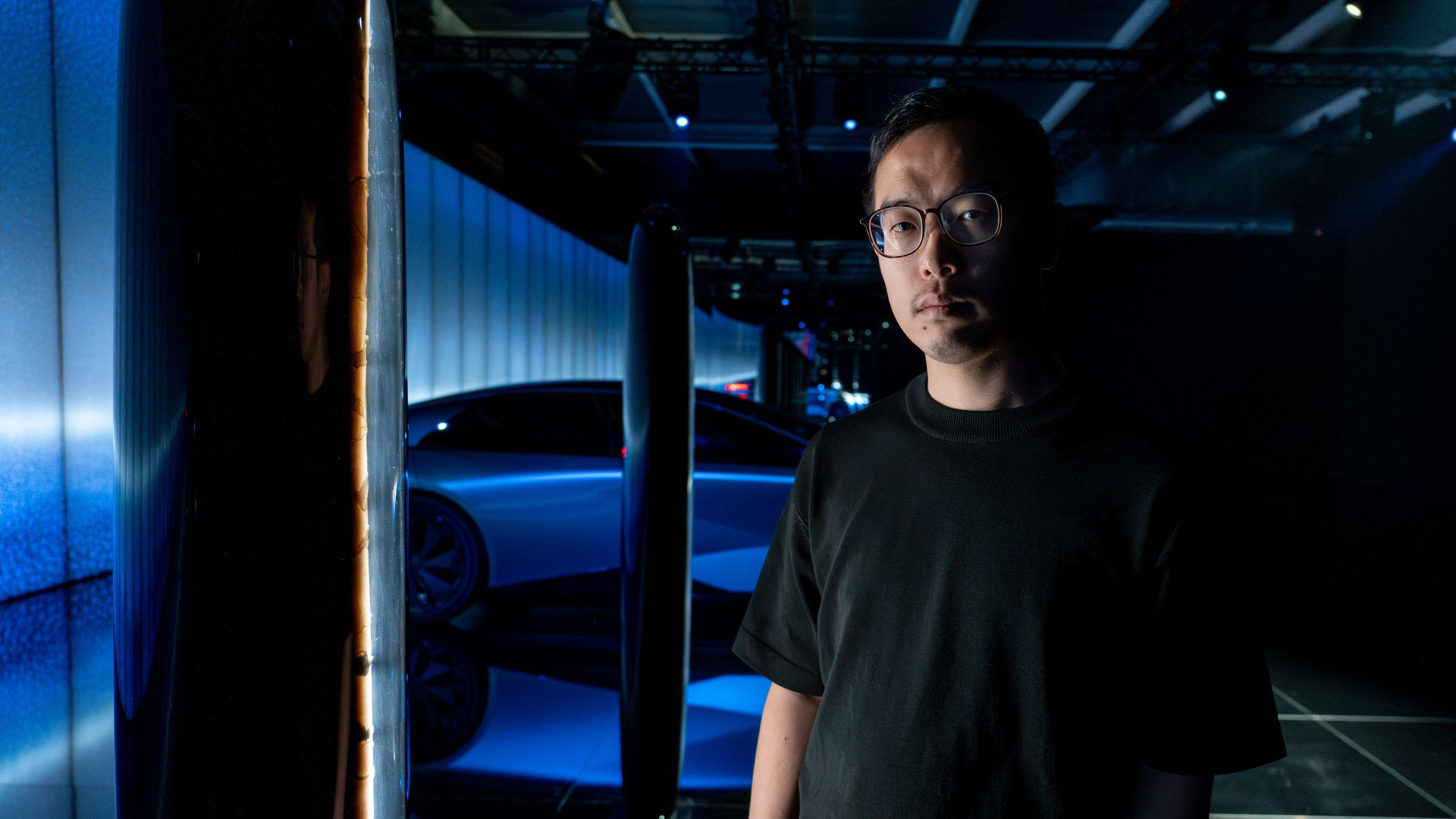
Exhibited at Fuorisalone during Milan Design Week 2024, Beyond the Horizon forms one part of the Lexus exhibition entitled ‘Time’. Inspired by the marque’s LF-ZC (Lexus Future Zero-emission Catalyst) – the study car sits at the centre of Yoshimoto’s installation – the work visualises a future where hard tech can evolve alongside tactile craft, in this case Echizen washi paper, for a vehicle experience that is personal and tailored to the individual. The idea is that through digital dialogue, the car will evolve to be not only a means of transport but a companion for its user, a friend that adjusts its behaviour to the user.
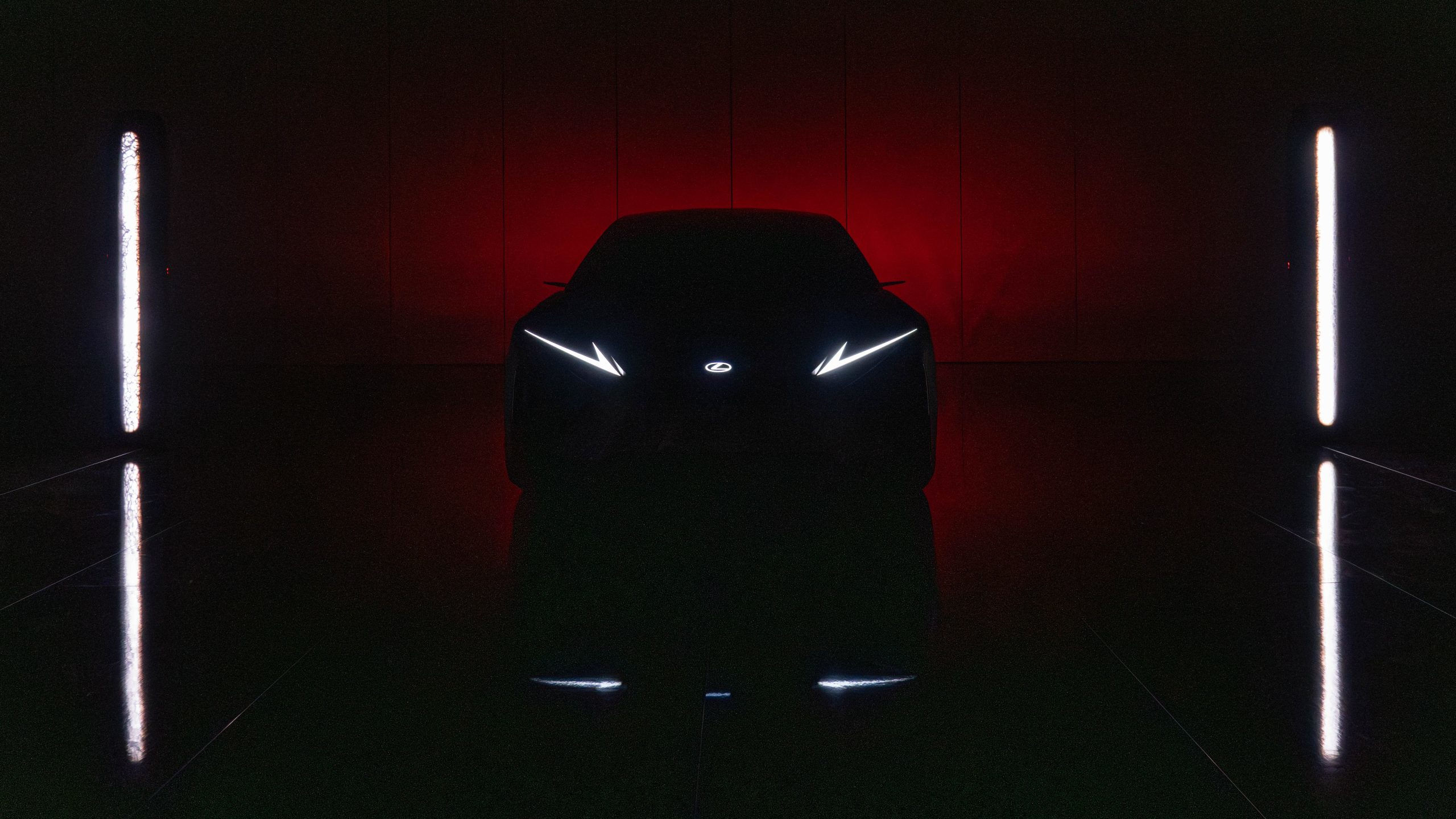
Lexus is a regular at Fuorisalone. For almost 20 years, the Japanese marque has been staging a range of vibrant exhibitions – projects involving emerging designers as well as collaborations with established creatives from outside the auto world. Sou Fujimoto, Neri Oxman, Philippe Nigro, Formafantasma, Rhizomatiks, Germane Barnes and Suchi Reddy have all partnered with Lexus in Milan. In fact, Yoshimoto won the inaugural 2013 Lexus Design Award while studying at the Royal College of Art, with his lighting design, ‘Inaho’, developed as a commercial product.

Yoshimoto’s studio practice Tangent (also behind a 2019 installation for La Montre Hermès) is focused on humanising technology, and for the Lexus project he set out to visualise the infinite possibilities that tech can offer if it is given a human touch. ‘With the theme of horizon, I wanted to show the challenge and opportunities of exploration, of diving into a new world. The horizon here is a simple landscape with one line blending between sea and sky. The idea is for the LF-ZC to go beyond this horizon and into a new world.’
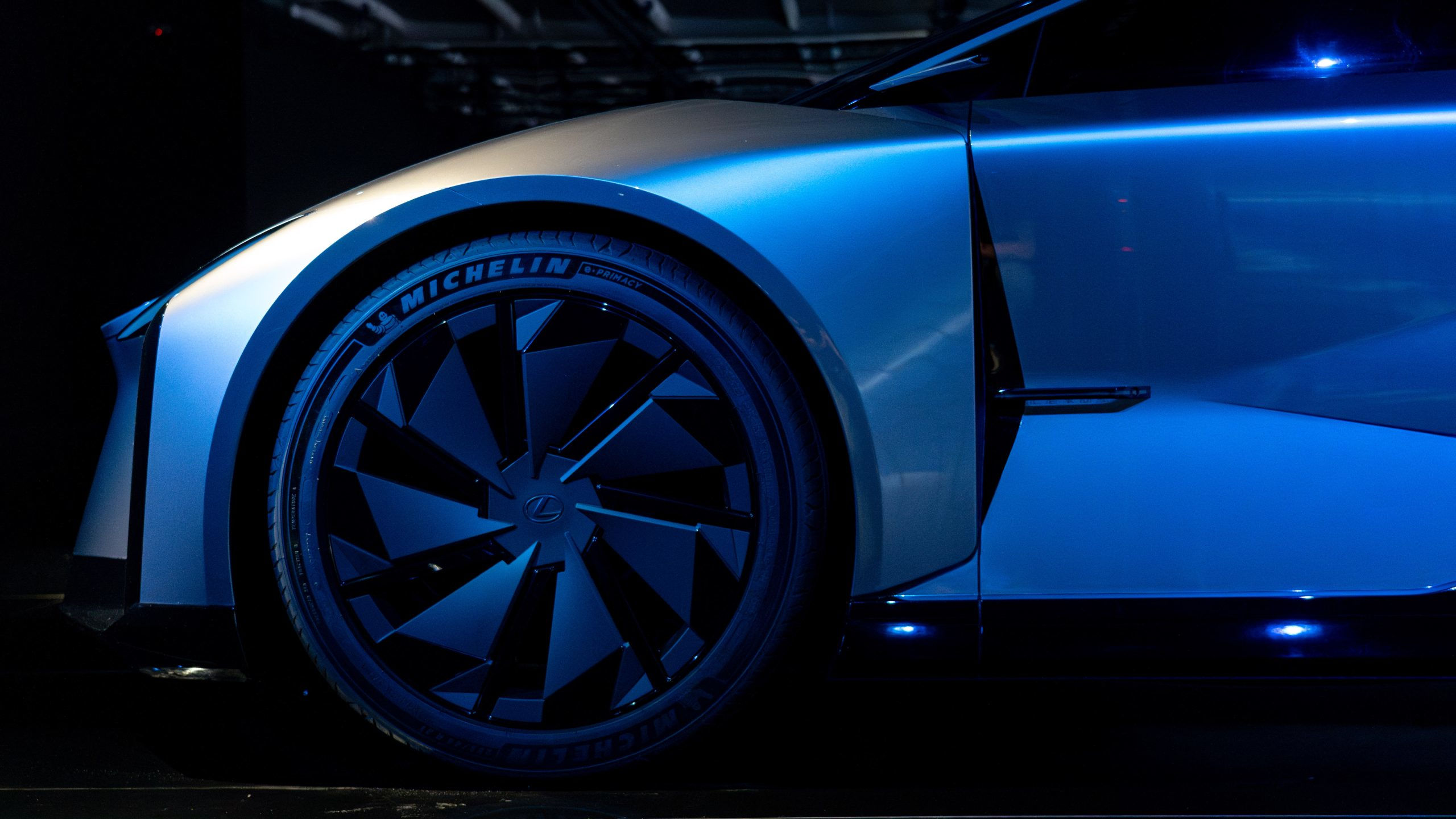
Meanwhile, the ten vertical sculptures represent the future interface. They have the same ‘hardware’, as in shape, yet boast an ever-changing ‘software’, visualised through washi paper and lighting, that makes each one unique. For the project, Yoshimoto worked directly with the Echizen crafts people whose forbears have been handmaking the prized washi paper for some 1,500 years. ‘I try to connect Japanese traditional culture and craft with contemporary design and technology. My installation takes you from sunlight to sunset, and from ancient to the future.’
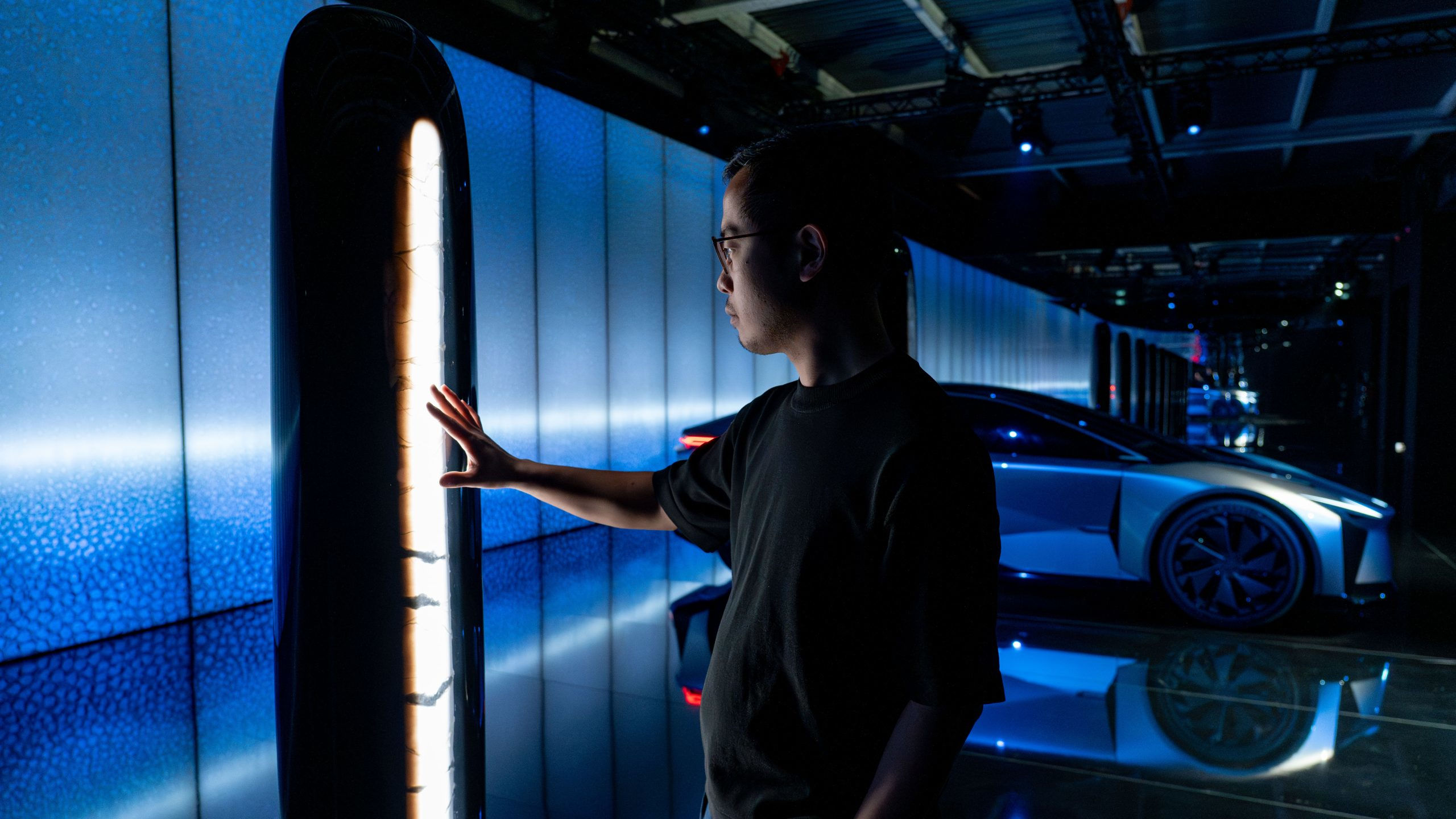
To complete the immersive experience, Keiichiro Shibuya composed the ten-minute ‘Abstract Music’ by utilising extensive sound data – sound images that are dynamically generated in real-time through programmed algorithms, then dispersed across 31 strategically positioned speakers throughout the venue. ‘The sound keeps changing so no two moments are ever the same, with every sound synchronised with the visual project,’ he says, noting that composing the piece gave him ‘a new sense of time and space’.

Elsewhere, installed outdoors in Superstudio’s Art Garden is Dutch solar designer Marjan van Aubel’s 8 Minutes and 20 Seconds, the second installation in the Lexus Milan exhibition and named ‘Best Solar Roller’ by Wallpaper*, back when it appeared in Miami in December 2023. The project title refers to the time it takes a light particle from the sun to reach the Earth. ‘The aim of my work is to change the perception of solar energy,’ says van Aubel. ‘My hope is that you will see solar with a new perspective.’
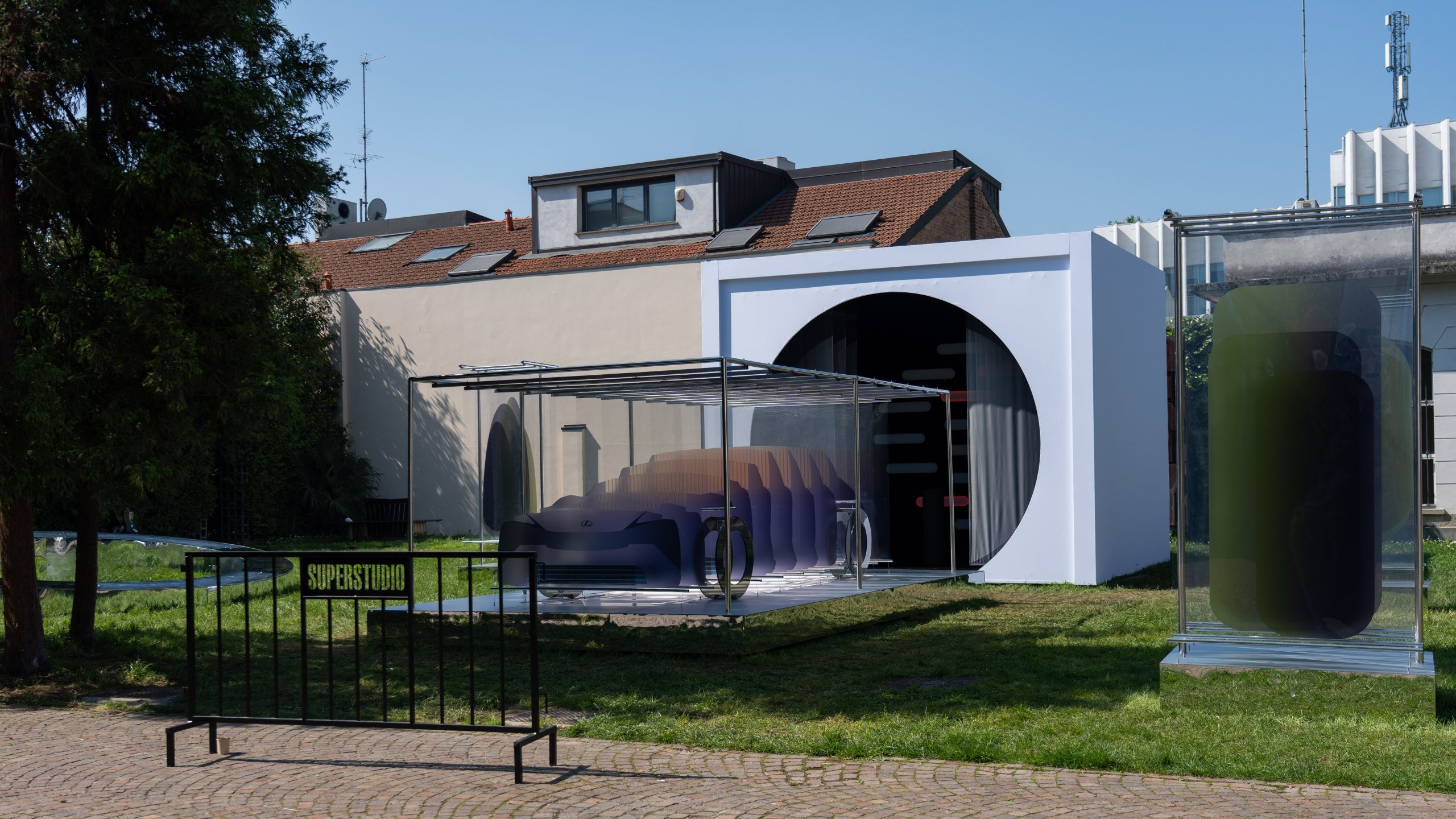
The installation is physically based on the LF-ZC to be true to size and made of 11 sheets that are ‘slices of the car’, as van Aubel puts it, designed to change our perspective of time. The transparent material also helps create an element of abstraction and offers an ethereal quality to the installation. Energy comes from solar power captured by organic photovoltaic cells and stored in built-in batteries. Meanwhile, colour changes as the sun charges the battery, all to the natural sounds of rustling bamboo and the sun, based on sounds collected by Nasa.
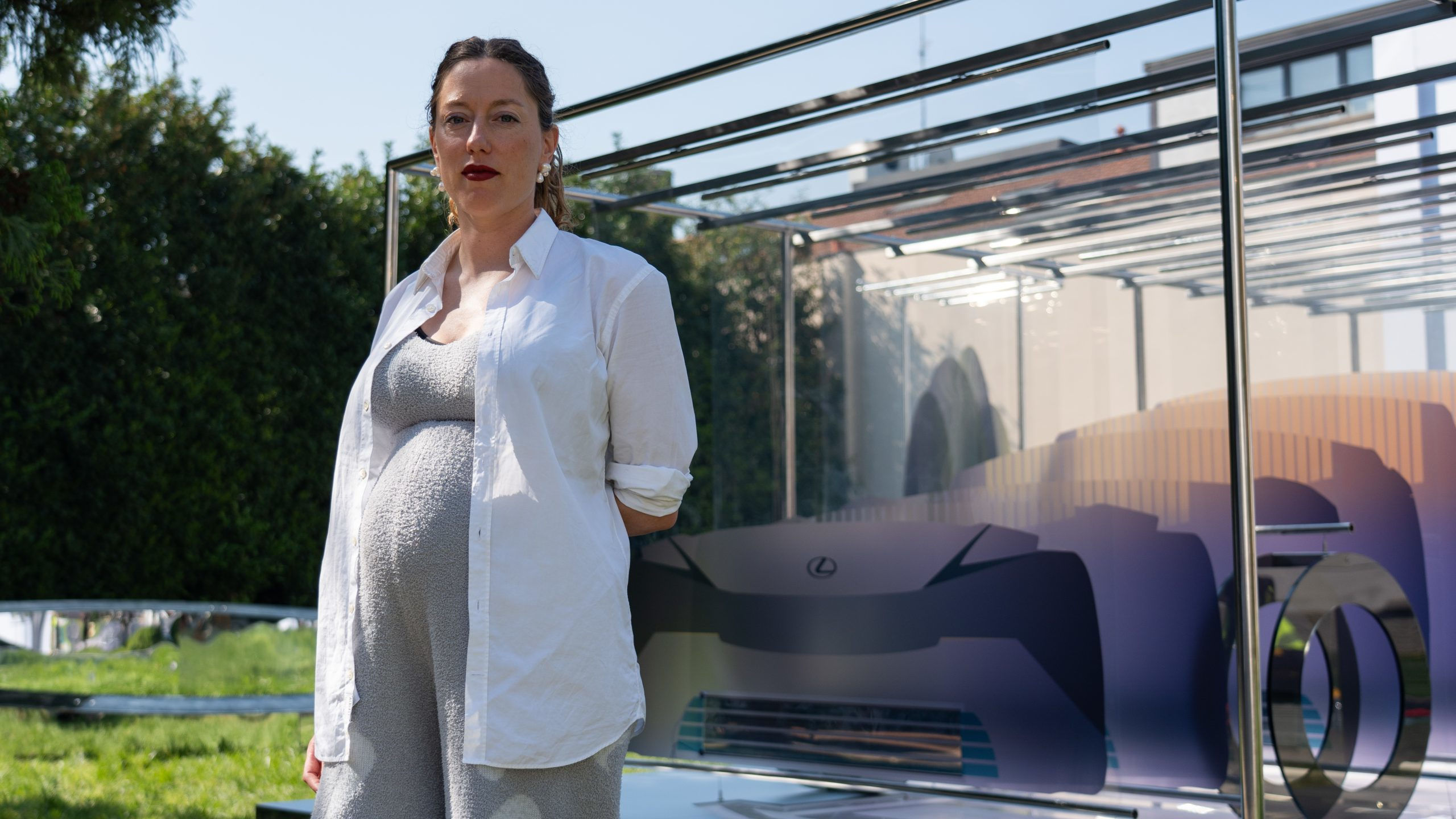
8 Minutes and 20 Seconds invites viewers to get involved, and to use their touch to create their own unique sunrise. Formed with a circle of 16 of van Aubel’s ‘Sunne’ solar lamps, one installation sees the sun change colour when visitors touch a sensor, which then sends a signal to trigger a personalised sunrise.
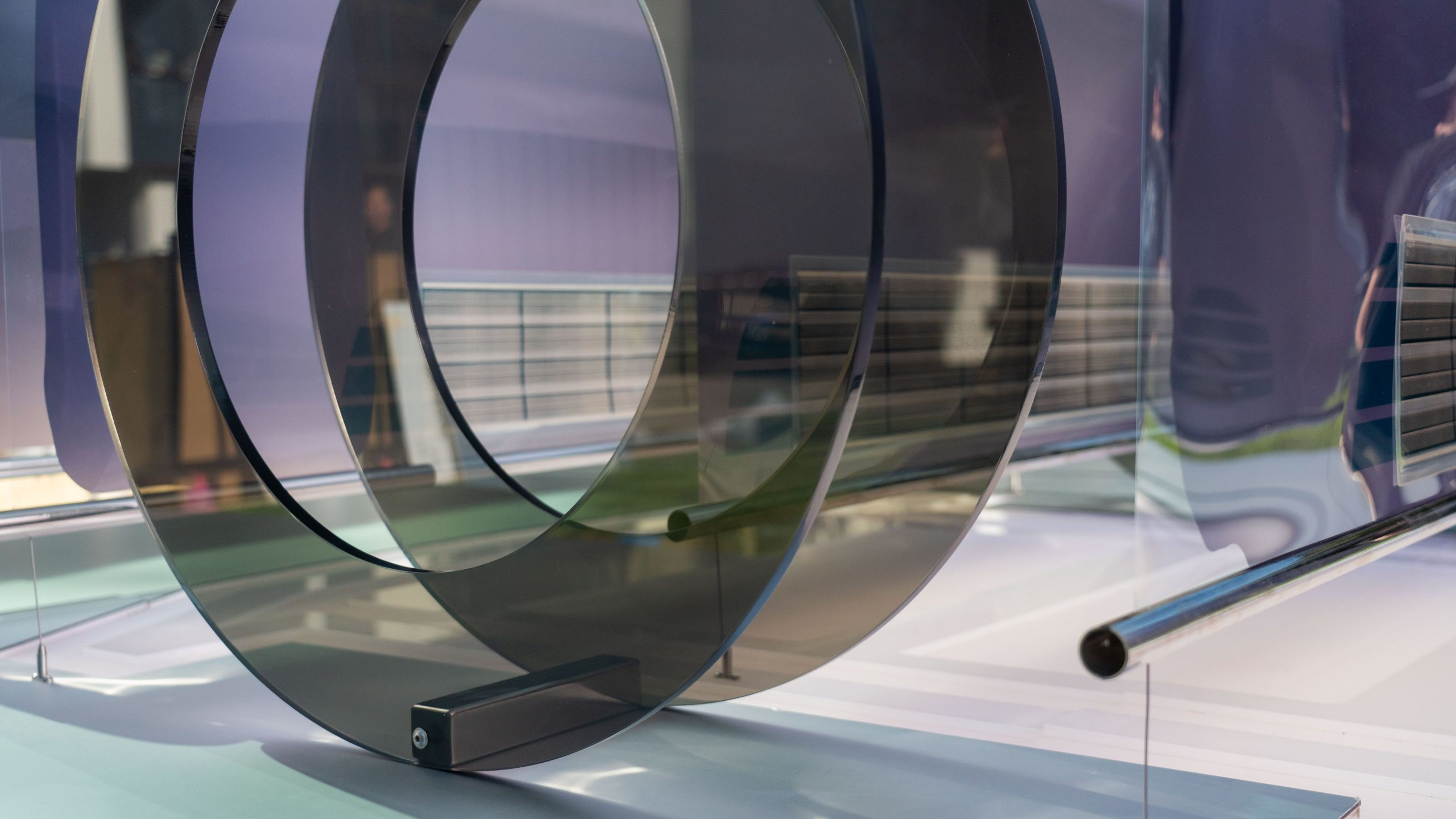
‘In my ideal world, every object, every building will generate its own energy, and I feel in the future, we will consider something that doesn’t produce its own energy, broken. Solar power is weather dependent, and it should therefore change our behaviour, encouraging us to respond to the rhythms of the day, and be more aware of the movement of day and night,’ van Aubel says. She adds, ‘The message here is about a future that is carbon neutral, positive and hopeful.’
‘Time’ by Lexus was on from 16 to 20 April 2024 at Superstudio Più as part of Fuorisalone during Salone del Mobile and Milan Design Week.
